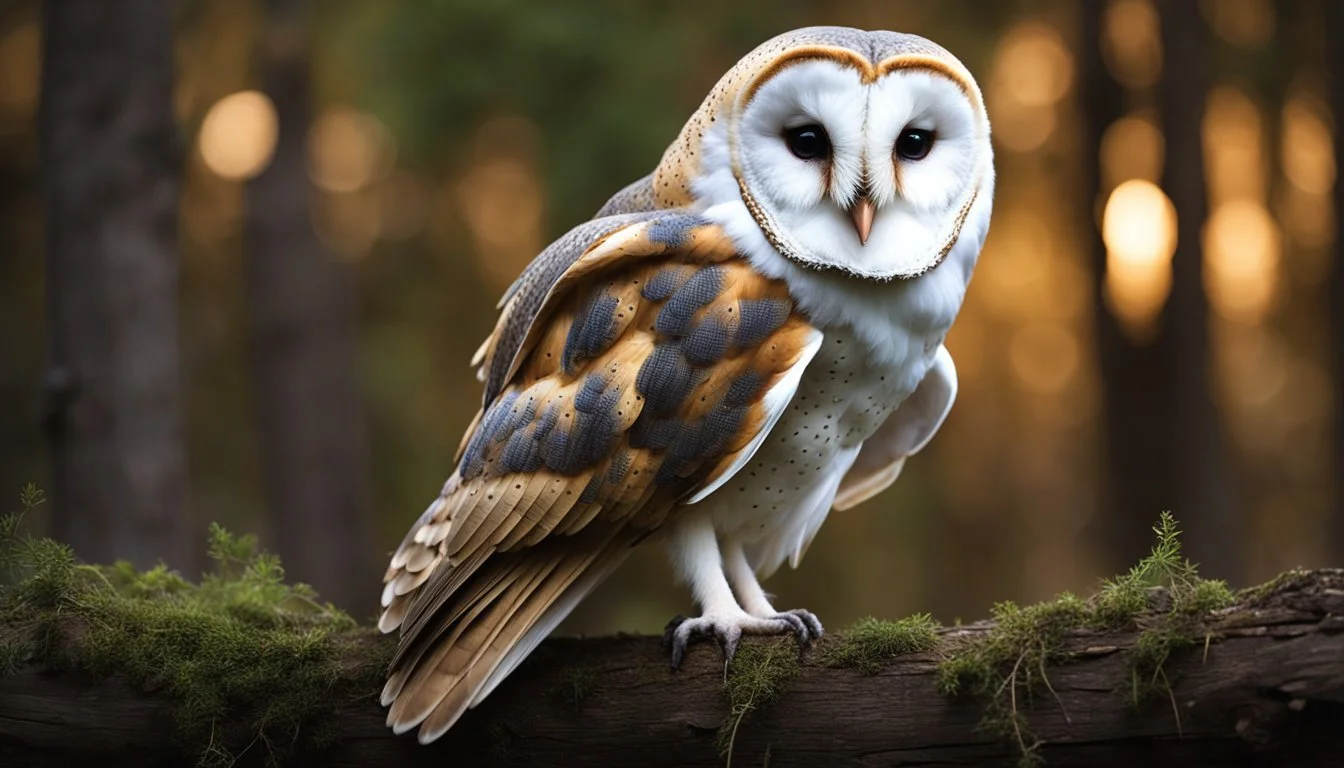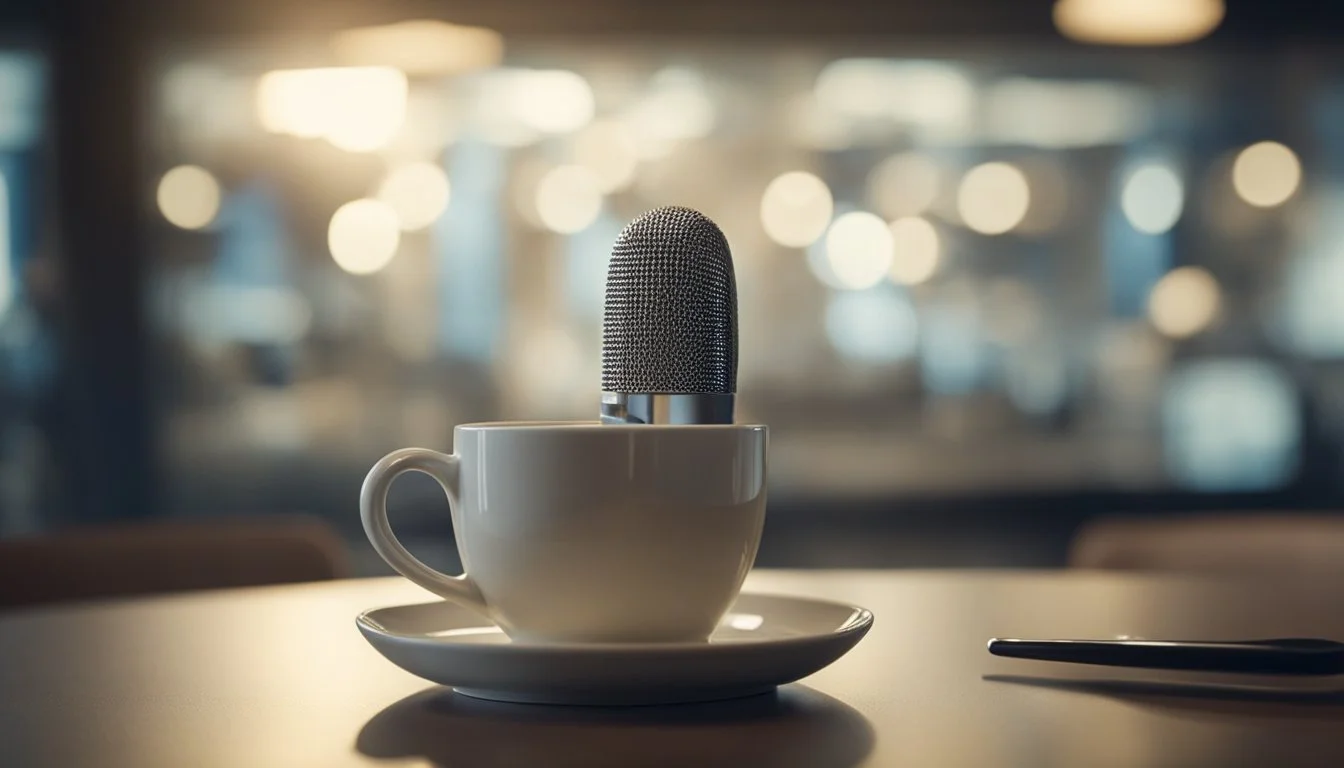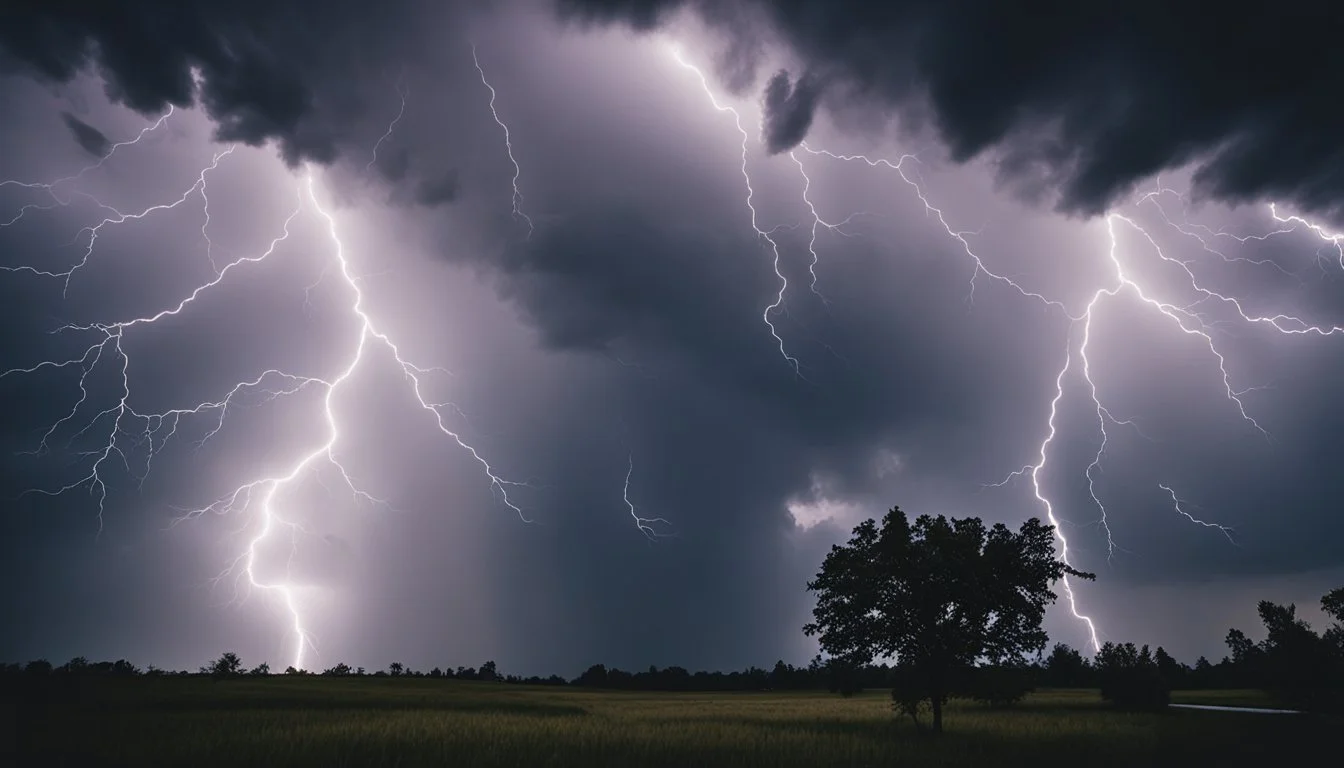6 Unconventional Ways to Find Unique Sound Effects for Your Films
Expert Tips to Enhance Your Audio
Creating unique sound effects is a crucial yet often overlooked aspect of filmmaking. While traditional methods involve recording real-world sounds and using extensive audio libraries, there are myriad innovative techniques to discover distinct and memorable audio elements.
For filmmakers seeking to imbue their projects with distinctive aural textures, exploring unconventional methods can lead to surprising and compelling results. From manipulating everyday objects to leveraging digital tools, the quest for unique soundscapes can significantly enhance the overall impact of a film.
1) Hydrophone Recordings from Underwater Sound Libraries
Hydrophone recordings offer a unique way to capture underwater sounds that add an entirely new dimension to film audio. Hydrophones, or underwater microphones, pick up noises beneath the water's surface, capturing everything from the subtle gurgle of bubbles to the intense calls of marine life.
Several sound libraries specialize in underwater recordings, providing an extensive range of audio clips. These libraries often house meticulously curated collections, making it easier for filmmakers to find exactly what they need.
The Soundscape Listening Room by MBARI is an excellent example. It offers a live stream and a library of underwater sounds recorded off Central California, capturing the pristine acoustics of deep-sea environments.
For those on a budget, the DIY Hydrophone has shown that affordable equipment can yield impressive results. Field recordists often achieve professional-quality audio without the high costs, thanks to these low-cost hydrophones.
Lastly, using hydrophones allows filmmakers to explore sounds beyond human hearing ranges. This versatility in audio capture can create richer, more immersive soundscapes for any project, setting the film apart from ordinary productions.
2) Foley Effects from Vintage Toy Collections
Vintage toy collections offer a treasure trove of unique sound effects. Toys from past decades often have distinct mechanical sounds that can add an authentic and nostalgic feel to films.
For instance, old wind-up toys contain intricate gears and springs that produce clicking and whirring sounds when activated. This mechanical noise can be used to enhance scenes involving machinery or robots.
Metal spinning tops from vintage collections can create nuanced whirring sounds. The metallic resonance of these toys can be perfect for simulating engines or background mechanical movement.
Antique toy cars with moving parts emit unique rolling and rattling sounds. These can be synchronized with vehicle scenes to create a more realistic audio experience.
Retro electronic toys with simple digital sounds can provide a range of beeps and boops. These sounds can be repurposed for control panels or futuristic interfaces in sci-fi settings.
Incorporating sounds from vintage toys can lend a film an exceptional auditory character. Leveraging these distinct and authentic noises can help produce a vibrant and immersive audio landscape for viewers.
3) Ambisonics Barn Owl Calls
When filmmakers seek unique, atmospheric sound effects, Ambisonics barn owl calls offer an intriguing option.
Barn owl calls are distinct and eerie, unlike the hoots of other owls. They produce long, screeching sounds and a variety of other noises such as hissing and bill snapping.
Ambisonics technology captures sound in full 3D, providing an immersive audio experience. This method allows barn owl calls to be spatially placed within a scene, enhancing the atmospheric depth in films.
Utilizing Ambisonics recordings of barn owl calls can create a captivating auditory landscape. They add tension and authenticity, especially in scenes involving wilderness or nocturnal settings.
These sounds not only add a layer of realism but also engage the audience by embedding them deeper into the film’s environment. The dimensionality of Ambisonics recordings ensures every nuance of the barn owl's call is preserved.
4) Contact Mic Vibrations from Everyday Objects
Contact microphones capture vibrations directly from objects rather than sound waves through the air. This makes them exceptional tools for recording unique and subtle sounds that traditional microphones might miss.
Artists and sound designers often use contact mics to uncover the hidden acoustic properties of everyday items. Placing the mic on objects like a leaf, a wooden box, or even a metal railing can reveal fascinating, unanticipated audio textures.
The ingenuity of contact microphones lies in their ability to turn mundane materials into sources of distinct audio. For instance, the gentle crinkle of paper or the resonance of a glass bottle can produce compelling effects useful in film sound design.
These microphones have become popular in experimental music and sound art, where unconventional sounds can add depth and originality. By exploring household items, contact mics can inspire new sonic landscapes and bring an innovative edge to any project.
5) Field Recording of Thai Morning Markets
Field recording in Thai morning markets offers a rich tapestry of unique sound effects. These bustling marketplaces, brimming with activity, provide an immersive audio experience. The early hours are particularly vibrant, as vendors set up stalls, and the soundscape fills with a mix of voices, bargaining, and the rustling of goods.
Morning markets in Thailand, such as those in Bangkok's Pak Klong Talat or Trok Mor Market, present an array of sonic opportunities. The constant hum of conversations in Thai, the distinct clinks of metal cooking pots, and the occasional roar of a motorbike passing by, all contribute to an authentic ambient sound.
Capture the rhythmic chopping of fresh produce, the sizzling of street food being cooked, and the chatter of locals. Recording these sounds not only provides unique audio elements but also encapsulates the cultural essence of the location.
Utilizing high-quality microphones and portable recording equipment will ensure clarity and fidelity. Positioning yourself strategically within the market can help capture specific interactions or ambient sounds for a dynamic and layered audio track.
Thai morning markets are more than just a buying experience; they are an auditory journey. Incorporating these vibrant sounds into your film can elevate the sense of place and reality, offering viewers an authentic taste of Thai culture.
6) Extreme Weather Audio Packs
Extreme weather can add a powerful atmosphere to any film. Using specialized audio packs for extreme weather sounds can elevate the tension and realism in your scenes. These packs typically contain a range of elements like thunder, torrential rain, howling winds, and hail.
There are many resources available for weather sound effects. Platforms like Storyblocks and Videvo offer extensive libraries with royalty-free options. These collections can cover everything from gentle rain to intense storms.
"Rain Before The Storm" is one example that includes six different tracks, varying from quiet rain to full thunderstorm audio. These varying degrees of storm intensity allow for greater flexibility in matching the mood of your scene.
Another valuable resource is ZapSplat, which provides access to thousands of professionally recorded weather sound effects. They constantly update their libraries to keep the collection fresh and relevant.
With these packs, filmmakers don't need to worry about capturing these sounds themselves, which can be both challenging and time-consuming. Instead, they have access to high-quality, professionally engineered audio that can seamlessly integrate into any project.
Using extreme weather audio packs offers a reliable way to find unique and impactful sound effects for films. It's a straightforward solution to enhance the auditory experience and bring a new level of immersion to the audience.
Importance of Unique Sound Effects
Unique sound effects play a vital role in film production by elevating the storytelling and emotional depth of a scene. They enhance the viewer's experience, making the narrative more immersive and impactful.
Enhancing Storytelling
Sound effects contribute significantly to the narrative by highlighting key moments and adding layers to the story. A distinct sound can signal an important plot twist or a character’s inner state. Filmmakers often use sound to represent unseen events or elements, helping to build a world that feels real.
Well-designed effects ensure that every sound is intentional, guiding the audience's attention and emotions. For instance, a subtle background noise can indicate an impending danger, adding suspense. Sound effects also support visual cues, making scenes more cohesive and engaging.
Creating Emotional Impact
The emotional resonance of a film is often amplified through its sound design. Unique sound effects can evoke specific feelings such as fear, excitement, or sadness. Auditory stimuli can trigger emotional responses that visuals alone may not achieve.
Crafting sounds that match the tone of a scene can intensify the viewer’s emotional involvement. For example, the eerie creak of a floorboard in a horror film can heighten tension. By strategically leveraging sound, filmmakers create atmospheres that align with the narrative’s emotional arc, ensuring viewers are deeply engaged.
Digital Tools and Software
Utilizing digital tools and software can expand a filmmaker’s options for finding and creating unique sound effects. Key resources in this realm include sound libraries and specialized sound design plugins.
Sound Libraries
Sound libraries provide a vast collection of pre-recorded effects that can be used in film projects. These libraries often include a diverse range of sounds, from everyday noises to more obscure and experimental effects.
Platforms like AudioJungle and Freesound offer extensive libraries with convenient search features. Quality can vary, so it's important to review samples before making a selection. Many sound libraries also offer subscription models, giving filmmakers access to a wide array of sounds while keeping costs manageable.
Sound Design Plugins
Sound design plugins offer tools for manipulating and creating new sounds from scratch. These plugins can transform ordinary audio into extraordinary effects. For example, ValhallaFreqEcho can shift frequencies to create unique echoes, while Ambient Reverb creates expansive soundscapes that add depth to film audio.
Plugins from developers like Soundtoys are particularly useful for their versatility and analog sound emulation. Tools like FilterFreak allow for intricate filtering effects, which can be essential for crafting signature soundscapes. Access to free and premium plugins enables filmmakers to customize their audio creatively and effectively.






